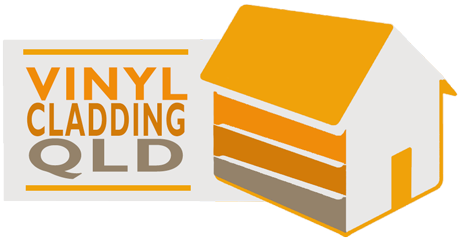Tips to Choosing the Best Exterior Cladding Materials for your home
Adding exterior cladding to your property can help create a beautiful and unique look for your home. It also helps protect your property from the effects of extreme outside elements like wind, sunlight and rain.
With Australia’s extreme climate changes, shielding your property with the best exterior cladding materials can help increase the lifespan of the outside of the building. Vinyl cladding , aluminium, fibre cement, wood, natural stone are the major types of exterior cladding materials.
The durability of the product and your budget are the two major considerations in choosing your desired cladding material. There are some other important things to be considered to make a better choice.
Understand Your Needs when choosing cladding materials
Before choosing exterior cladding materials, determine your needs. Consider what type of climate is predominant in your region. You can choose the cladding material that offers maximum protection against those elements.
For instance, if you live in an ocean area, your home’s exterior is susceptible to salty air. Hence, it is advisable to choose vinyl that offers protection against it.
Also consider how thick is the foundation of your home and how much time you can dedicate to maintenance.
Understand the Pros and Cons of Cladding Materials
Vinyl Cladding
Vinyl is easy to install. It comes in various colours and different embossed patterns. It has high shock and scratch resistance capability. It is lightweight and affordable and comes highly recommended.
The benefits of using vinyl cladding
Aluminium cladding
Aluminium is one of the best exterior cladding materials, which are available in a wide range of colours and patterns. It is durable and resists climate changes. It can be painted. The drawback is it is less shock resistant, when compared to vinyl.
Wood cladding
Wood adds to the charm of the home. It is available in different forms like oak, maple, cherry and cedar. It ages naturally and is affordable. However, it requires more maintenance than aluminium and vinyl.
Fibre Cement cladding
Fibre Cement is one of the popular exterior cladding materials. It is insect, weather and mildew resistant. It is cheaper and requires very low maintenance. It comes in a range of finishes and colours. It gives the look and warmth of the wood.
Polyurethane cladding
Polyurethane cladding is flexible and rust and mildew resistant. It is lightweight, yet durable. It is easy to install. It can be ideal for cladding one part of the house, instead of cladding the entire home’s exterior.
Brick cladding
Brick exterior cladding is easy to install. It is waterproof and the colour of brick never fades. It is available in a range of textures, from smooth to rough.
Stone cladding
Stone cladding is elegant and timeless. You can choose from an array of exterior cladding materials in stone, like sandstone, granite, limestone and marble. Each stone has its own character and charm.
The only drawback is it is expensive. Stone cladding is fire resistant and very durable. However, the sophisticated look given by stone cladding can help enhance the value of your home.
